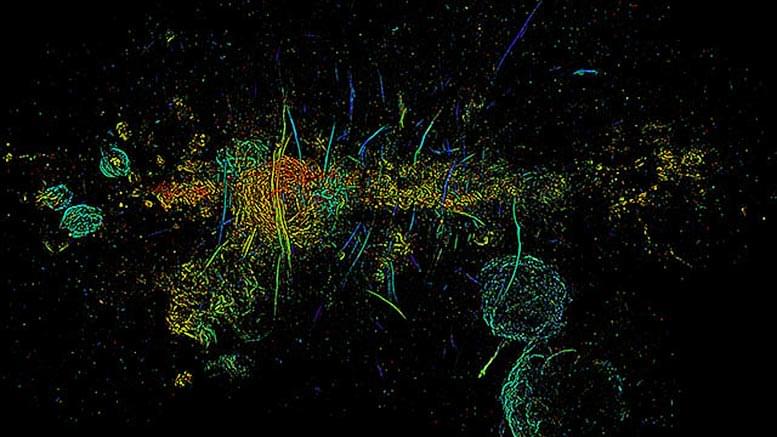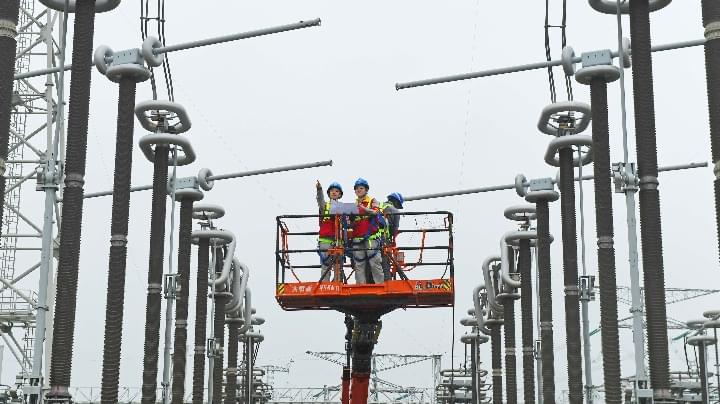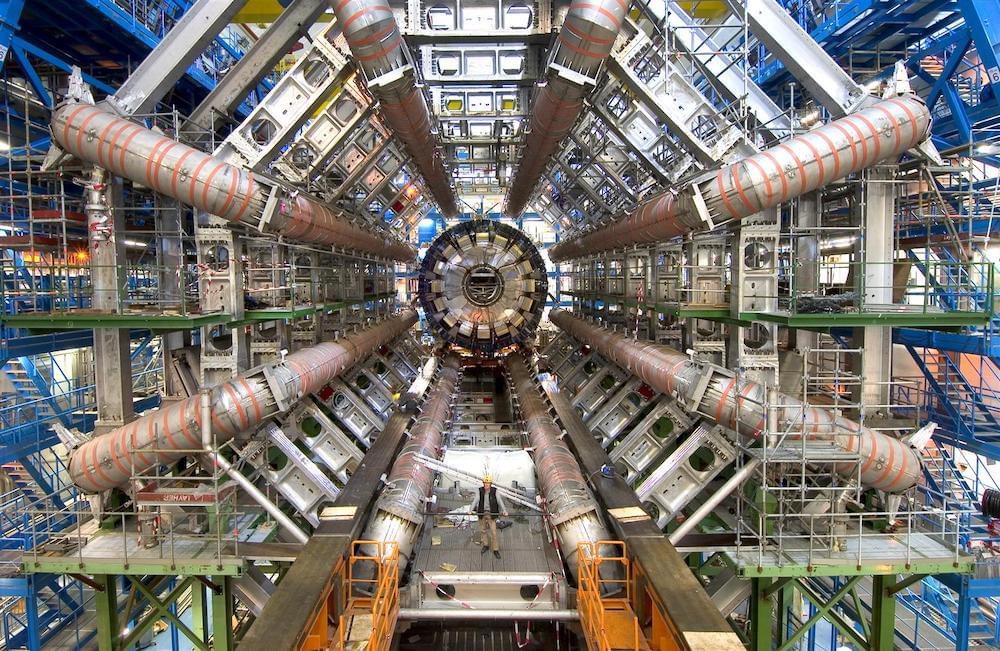Jan 27, 2022
Unprecedented New Telescope Image Reveals Nearly 1,000 Mysterious Strands in Milky Way’s Center
Posted by Genevieve Klien in category: space
‘A watershed in furthering our understanding of these structures,’ researcher says.
An unprecedented new telescope image of the Milky Way galaxy’s turbulent center has revealed nearly 1,000 mysterious strands, inexplicably dangling in space.
Stretching up to 150 light years long, the one-dimensional strands (or filaments) are found in pairs and clusters, often stacked equally spaced, side by side like strings on a harp. Using observations at radio wavelengths, Northwestern University ’s Farhad Yusef-Zadeh discovered the highly organized, magnetic filaments in the early 1980s. The mystifying filaments, he found, comprise cosmic ray electrons gyrating the magnetic field at close to the speed of light. But their origin has remained an unsolved mystery ever since.


















